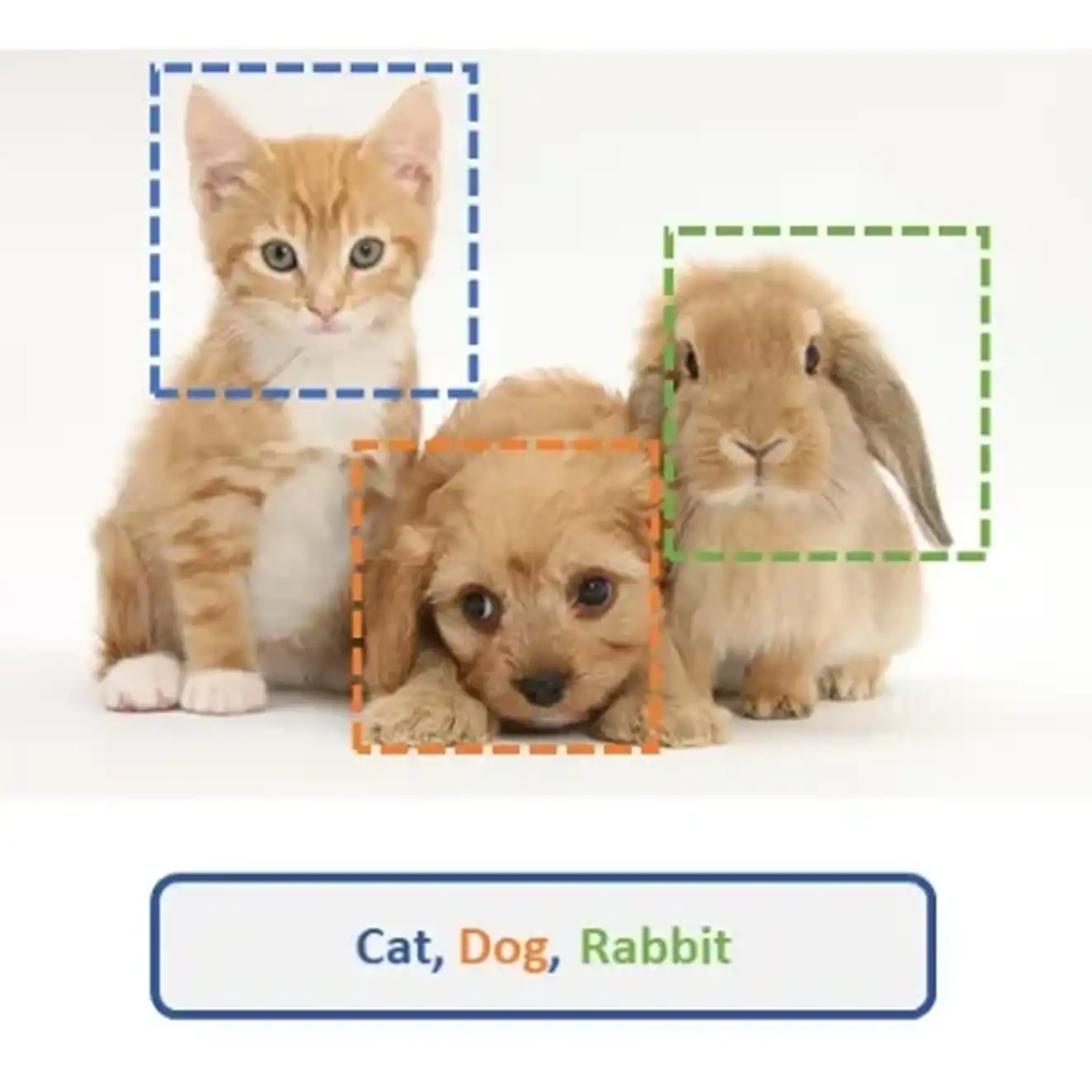Annotation Services
- Bounding Box
- Polygon
- 3D LiDAR
- Geospatial
- Line Annotation
- Autonomous Vehicle
- Image Annotation
- Image Masking
- Cuboid Annotation
- Semantic Segmentation
- Video Annotation
- Key Point Annotation
- Text Annotation
- Audio Annotation
- Instance Segmentation
- Data labelling Services
- Image Classification Services
- Image Recognition Services
- Image Processing Services

Image Classification Services
Image classification is one of the most important problems in computer vision where an algorithm decides a label or category of an image. This entails the use of a machine learning (ML) model to identify features and characteristics of images and link them onto certain categories.

Steps in Image Classification:
Data Collection and Labelling: A database is created and each picture is classified into the right category. Some of the commonly used datasets for image classification are ImageNet, CIFAR-10 and MNIST.
Data Preprocessing: The first step of the process is to normalize the pixel values, resize images, and apply data augmentation such as rotation and flipping.
Model Selection: As for the complexity of the task, different architectures can be selected. For example:
- Simple models: For classification, they use either logistic regression or fully connected neural network if the data set is small.
- Deep learning models: For more complex image data like VGG, ResNet, or MobileNet models can be used.
Training: The model is trained on the given training data and minimize the loss function and then the model parameters are updated with the help of the optimizing algorithm.
Validation: A validation set refers to the portion of the data that is used for fine-tuning hyper-parameters of the model such as the learning rate, batch size just but to mention a few as well as to estimate the likelihood of the model overfitting. Overfitting is a situation where a model performs well during training but poorly on new data it has not seen before.
Testing: After training the model, the model is then tested on a different set of data in order to compute its accuracy, precision, recall and other such measures.
Applications of Image Classification:
Healthcare:
Medical imaging: X-ray, MRI scan or CT scan of lungs, brain, or other parts of the body to find out diseases such as pneumonia, cancer or retinal disease.
Autonomous Vehicles:
Object recognition: Pedestrians, vehicles, traffic signs, obstacles: all of these are objects that autonomous driving systems need to identify using images from cameras.
Retail and E-commerce:
Product categorization: Products to be sorted into categories [for example, clothing or electronics] Using images of the product as the reference.
Agriculture:
Plant disease detection: Plant disease and pest identification with the help of images classification techniques.
Security and Surveillance:
Facial recognition: Automating the facial recognition, that is the process of sorting the images of faces in security systems.
Why Annotation Support for Image Classification?
We are expertise in developing training datasets for AI with classified data that is applicable across numerous industries.
Security and Surveillance:
Quality on a Promise
Our team is focused on providing image classification of high quality. This is why our training data is geared towards the given applications of the clients we serve.
Uncompromised Data Security
We take privacy of your data seriously. During the annotation process, our team guarantees that no data breaches happen.
Reusable with Fast Delivery Time
We have the resources and physical infrastructure needed to deliver image classification services of any level of complexity and at any given time.
Flexible Pricing
In addition, we have a pay-as-you-go pricing model to ensure that we meet your budget and training data needs.
All in all, the use of world-class technologies enables us to mark the image in a precise and accurate manner at a competitive price. The bounding box models created by us cater to the interest of the clients. We try to meet all your needs at much affordable prices and within the stipulated price. Availing of our services can get you a lifetime experience.
